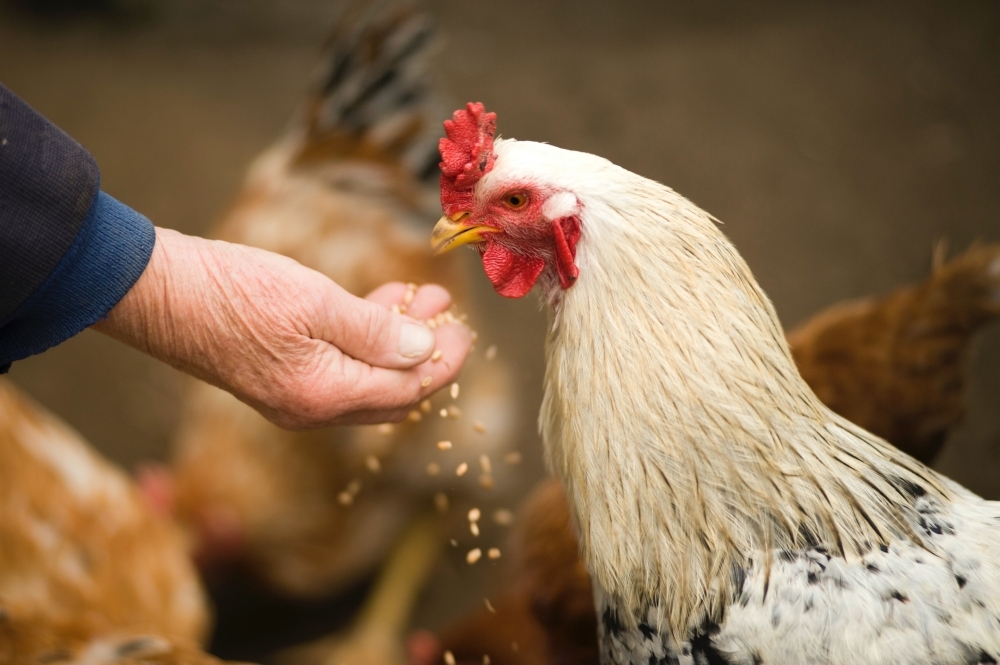
Engaging in a poultry enterprise can be rewarding when one ensures that the basic operational requirements like housing, feed, water, and lighting are in place. With many farmers being small-scale producers, feed happens to be their most significant cost accounting for 60 – 75% of the operational costs of an enterprise during a production cycle.
With this in mind, a diversified farming operation with crop production may offer a cheaper alternative to a farmer’s poultry feed needs. Moreover, the long-term sustainable option for farmers who are engaged in poultry production is for them to produce feed using local crops that are compatible with local weather conditions.
Firstly, farmers must be in a position to understand the nutritional requirements of the types of chickens they are raising. For instance, if one focuses on producing broiler chickens, the focus should be on growing crops rich in proteins and carbohydrates. To this end, crops such as groundnuts, soybeans, sunflower seeds, and cowpeas are examples of crops that can be grown and used as a protein source in locally formulated chicken feed.
Moreover, cereal grains such as yellow maize, pearl millet (mahangu), sorghum and wheat are good sources of carbohydrates that can be used as a carbohydrate source in locally formulated chicken feed.
Formulation
Furthermore, for feed formulation, it is essential to harvest crops like soybeans, cowpeas, groundnuts, yellow maize, and sorghum in their dry form. Farmers are therefore advised to formulate chicken feed in 50 kg proportions of this 50 kg, which should constitute a 60% (30 kg) protein base such as soybeans, cowpeas, or groundnuts and a 35% (17.5 kg) carbohydrate base obtained from crops such as yellow maize.
The grains of yellow maize and soybeans must be crushed in a hammer mill to produce crumbs that can easily be ingested (swallowed) by the chickens. The remaining 2.5 kg of the 50 kg feed formulation should consist of additional supplements such as Carmino+ or Phenix ® Stress Pac to aid in the supply of vital minerals such as Iron, Calcium, and Vitamins such as Vitamin A, Vitamin B, and vitamin C.
In summary, once a farmer is done with formulating their chicken feed, the feed should be tested for nutritional content by the Ministry of Agriculture, Water & Land Reform’s Directorate of Agricultural Research laboratory at their head office.
Another crucial aspect is to first and foremost trial this feed on a small number of chickens, for example, ten chickens. This will safeguard the farmer from setbacks in the growth rates of the chickens should the feed be found to be defective.
Finally, farmers are advised to keep records of the crops incurred (buying seeds, cultivating the field to grow crops, weeding, irrigation, harvesting, fuel used in the hammer mill and the 50 kg in which the feed is stored). A comparison must then be made by the farmer to determine whether formulating their own 50 kg bags is cheaper than buying commercially formulated feeds such as Pullet Grower from retailers. This is crucial in production cycles that require timely availability of feed such as Broiler and Layer enterprises.
*Hanks Saisai is Agribank’s Technical Advisor: Crops & Poultry
[Source – Windhoek Express]
